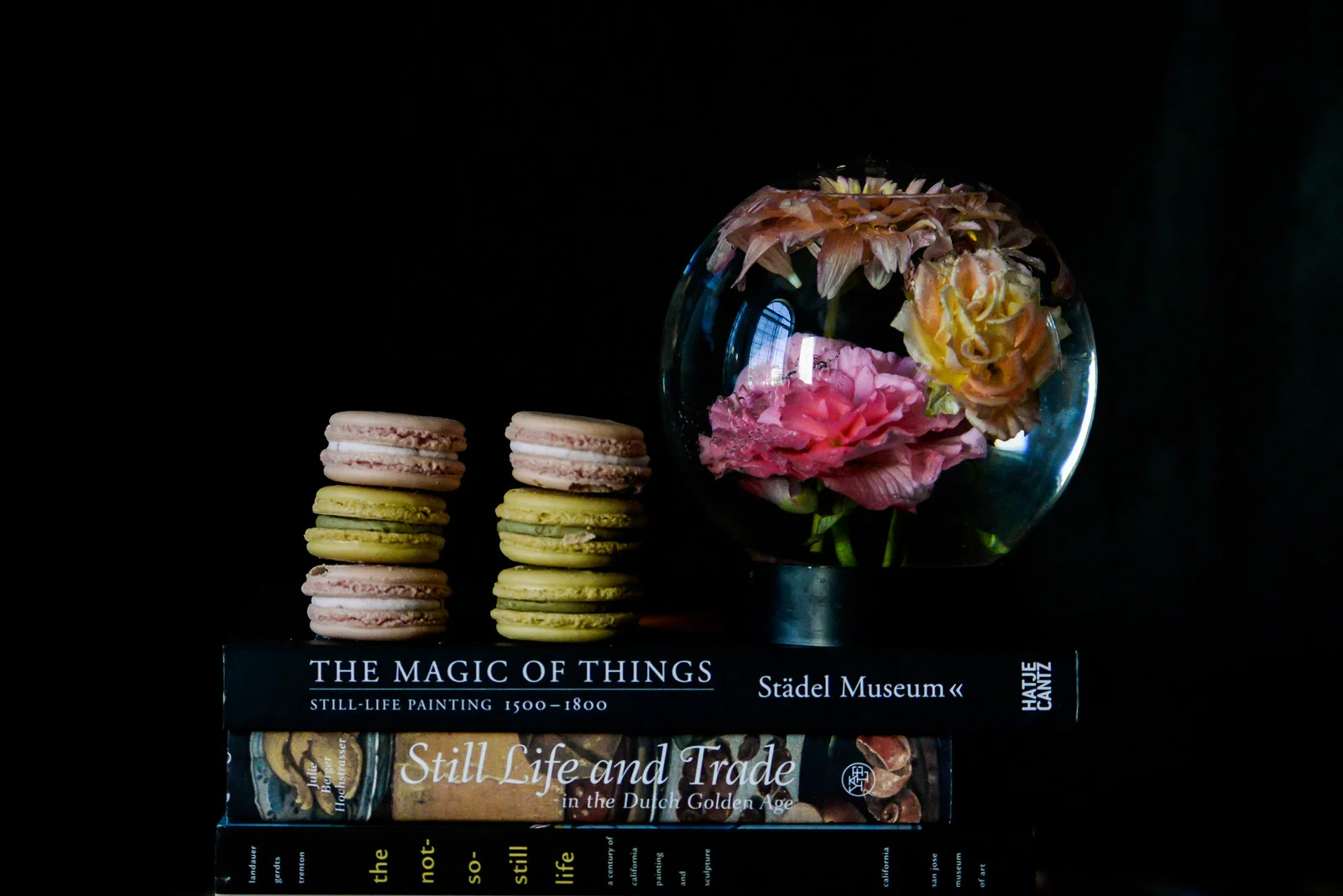Behold the Flower
It’s been such a strange experience reading the freshly translated book by Clarice Lispector, her third, The Besieged City. By all accounts it’s a strange book. Even Lispector thought it difficult. I like the question that the Paris Review writer asks:
“The Besieged City’s debut translation into English is the newest entry in the decade-long project of New Directions to translate or retranslate all of Lispector’s work, led by Lispector’s biographer, Benjamin Moser. The Besieged City arrives to us today as an artifact and a time capsule, a bittersweet revelation of a missed moment in a modernist movement that has long since passed. What sort of influence might it have had on English-language letters if the translation had come along sooner?”
Reading it one sees glimpses of her books to come, The Hour of the Star, A Breath of Life, and certainly, The Stream of Life. Because of the repeating flower imagery, one thinks of Woolf’s Mrs. Dalloway who “said she would buy the flowers herself.” But in this case, Lucrécia Neves has a flower, a thing, on a table in the middle of the room.
So if you’ve read Rumi and the Red Handbag, you’ll know that the characters’ names are Shaya Neige and Ingrid-Simone Stephens. Right away there’s a nod to Lispector (her given name was Chaya when she was born in the Ukraine) and Woolf. But the thing is, I don’t think I knew that the character in The Besieged City is Lucrécia Neves (neves is snow in Portuguese). Maybe I did? Maybe Benjamin Moser mentioned it in his biography of Lispector. Probably he did. Well, there it is, nonetheless. In my novel, Chaya became Shaya, most likely because of my name Shawna.
And then you’ll remember the quotation from my book The Flower Can Always Be Changing from Woolf, “A lamp and a flower pot in the centre. The flower can always be changing.” There would be “a perpetual crumbling and renewing of the plant. In its leaves she might see things happen.”
And in this new/old Lispector:
“Behold the flower – showing its thick stem, the round corolla: the flower was showing off. But atop the stem it too was untouchable, the indirect world. No point being motionless: the flower was untouchable. When it started to wilt, you could now look at it directly but by then it would be too late; and after it died, it would become easy: you could throw it away touching it all over…”
I’ve underlined many flower passages/references in the book including this:
“The girl’s joy was like this:
The flowers in the pitcher.”
And:
“With her palm cruelly exposed, her outstretched hand was asking and at the same time: Pointing. Lifted by such a fast intensity that she balanced on the unmovable – like the flower in the pitcher.
Behold the mystery of an untouchable flower: the rejoicing intensity.” etc.
And so, another book to read and re-read.
In the photos, perhaps a new obsession: my flower globe, a sort of crystal ball with which to tell fortunes perhaps…
Behold the flower globe…..!
One last note: I’ll be on a blog holiday next week! See you in a week’s time :)









